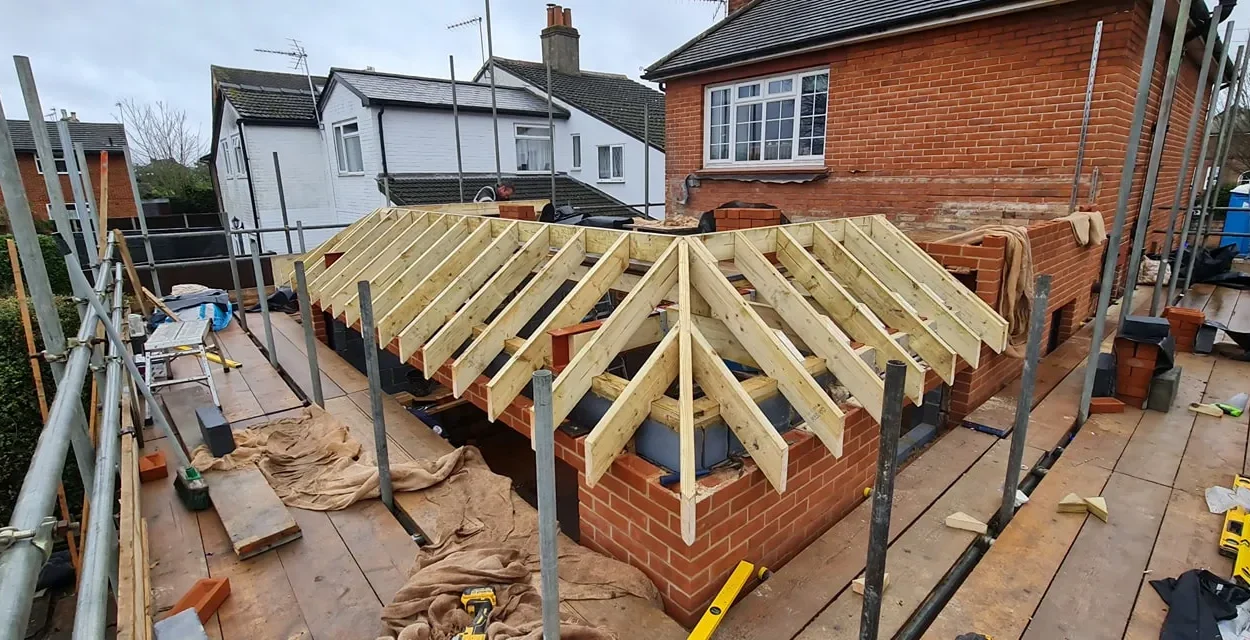In real estate, location is everything — and that applies to your website just as much as your listings.
If you want to dominate search results in multiple cities, neighborhoods, or zip codes, location-specific landing pages are non-negotiable. They’re your secret weapon in real estate SEO that allow you to capture local intent and crush your competition in the SERPs.
Let’s break down what location pages are, why they work, and how to create ones that rank and convert.
What Are Location Pages?
A location page is a dedicated webpage targeting a specific geographic area. It could focus on:
-
A city (e.g., “Homes for Sale in Tampa”)
-
A neighborhood (e.g., “Luxury Real Estate in Coconut Grove”)
-
A zip code (e.g., “Properties in 90210”)
These pages are essential for local SEO for real estate, allowing your site to rank for hundreds of long-tail location-based searches across your target market.
Why They Matter for Real Estate SEO
Google’s algorithm favors specificity. If someone searches “buy a condo in Chicago Loop,” a general homepage won’t cut it — you need a page tailored to that area.
Location pages help you:
-
Rank for “homes for sale in [location]” queries
-
Establish authority in hyperlocal markets
-
Build topical relevance and internal link structure
-
Improve conversion rates with location-specific content
In short, location pages are a staple tactic used by every successful real estate SEO agency.
What to Include on Each Location Page
High-performing location pages have:
-
A compelling, keyword-rich headline
-
A short intro paragraph mentioning the location and niche
-
Area highlights (schools, parks, transportation)
-
Featured listings or dynamic MLS feeds
-
Client testimonials from the area
-
Internal links to blog posts and related neighborhoods
-
A strong call-to-action
You should also mention long-tail keywords naturally throughout, such as:
This builds relevance without keyword stuffing.
Structuring Pages for SEO and UX
Structure matters. Use H1 and H2 tags strategically, include schema markup for local businesses, and break content into digestible sections with visuals.
Also, embed Google Maps, walk score widgets, or even drone footage to increase engagement and keep users on the page longer — a known SEO signal.
Bonus: This also improves trust and builds your brand’s image in each market.
Building Internal Link Networks
Each location page should link to:
-
Its parent city page (e.g., “Los Angeles” → “Santa Monica”)
-
Related blog posts (e.g., “Best Schools in Santa Monica”)
-
Main service pages (e.g., buying, selling, property management)
This kind of interlinking builds a web of relevance, something SEO services for real estate depend on to improve site structure and indexability.
Avoiding Duplicate Content Across Location Pages
Tempted to copy/paste content across all your neighborhood pages with just the city name changed?
Don’t.
Google detects duplicate content fast — and penalizes it. Instead, write custom intros and emphasize what makes each location unique. Add specific landmarks, types of homes, or community features to give each page substance.
Tracking Performance
Use Google Search Console to track impressions, clicks, and CTR per location page. If a page isn’t ranking, rework the H1, meta description, and intro paragraph. Add more internal links and unique media if needed.
Pro tip: Pages that gain traction can be beefed up into full-fledged content hubs — with supporting blog articles linked underneath.
That’s exactly how a real estate SEO expert scales traffic from 100 to 10,000 visits/month across dozens of locations.
Final Thoughts
Location pages are not “nice to have” — they’re an essential core of your site’s growth strategy.
If you want to be seen as the top agent in [City], [Neighborhood], or [Zip Code], then Google needs to see you that way, too. And that starts with creating pages tailored to each pocket of your market.
As part of any high-impact real estate SEO services package, location pages drive the hyperlocal visibility that agents need to win digitally — and close more deals in the real world.

